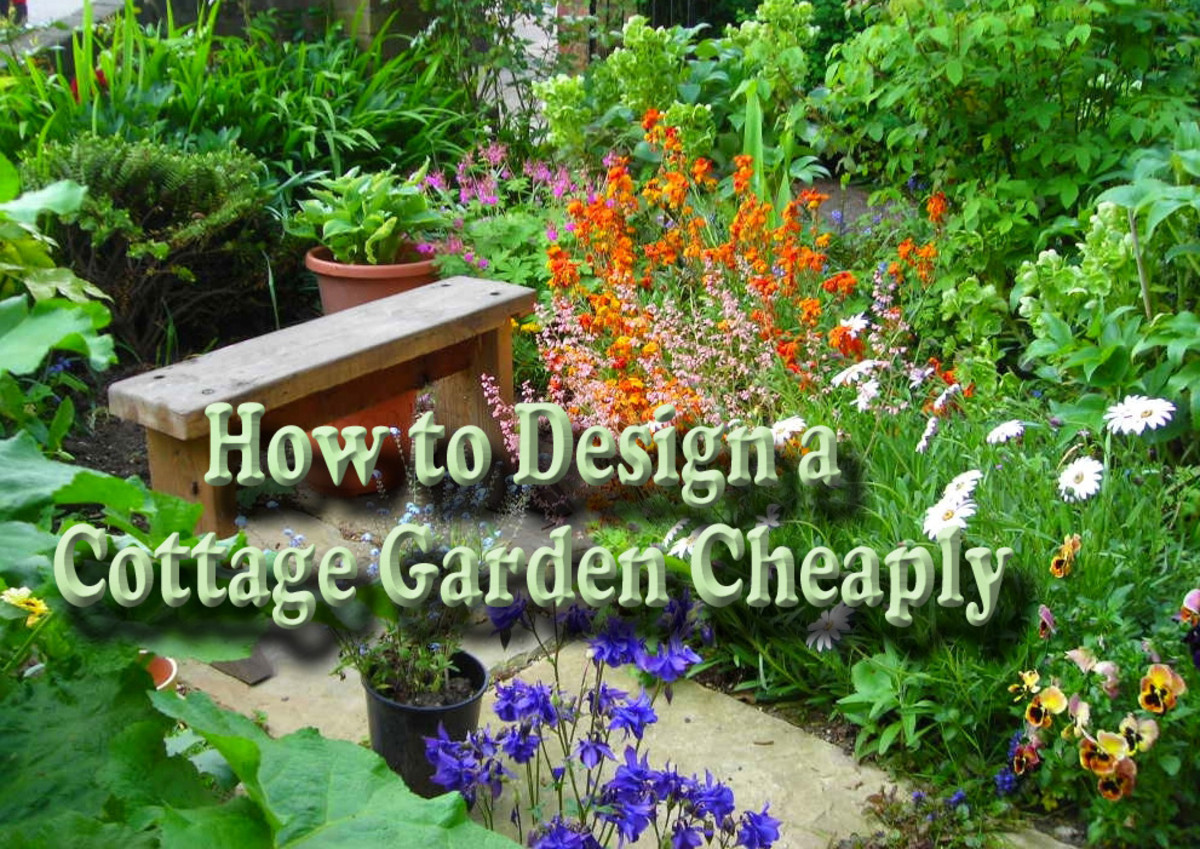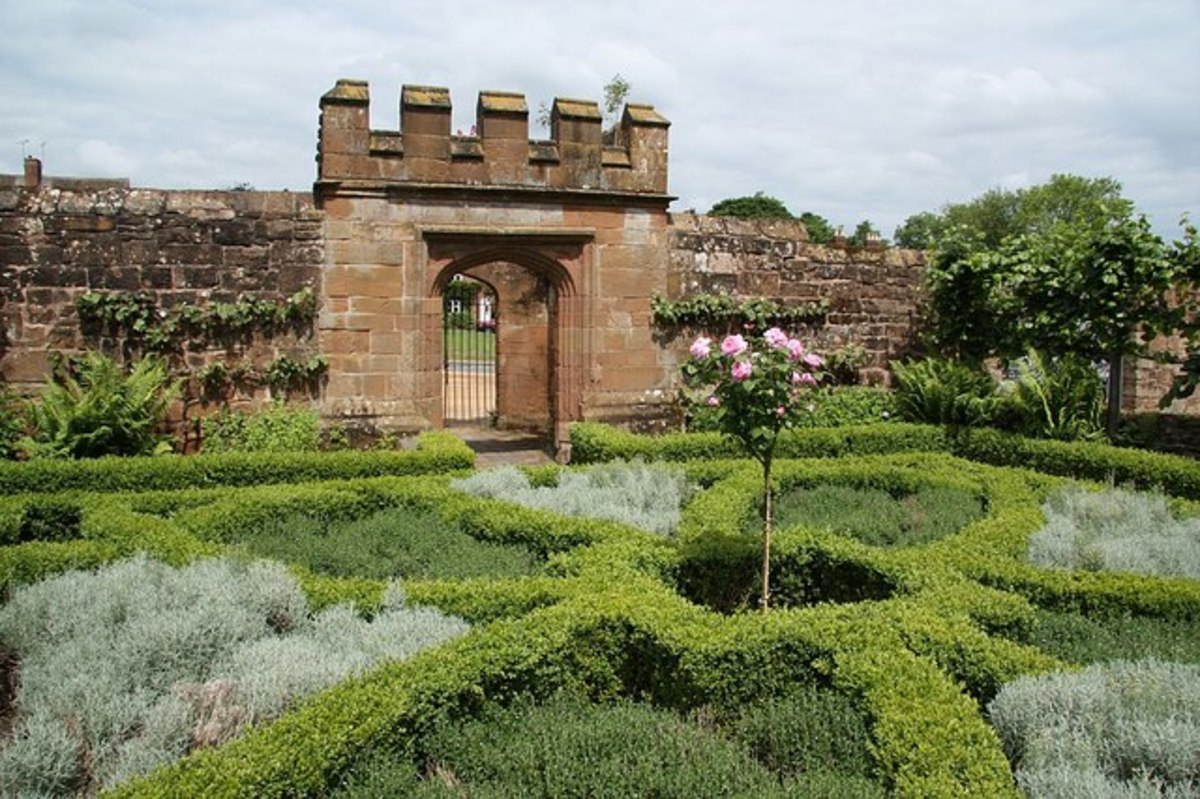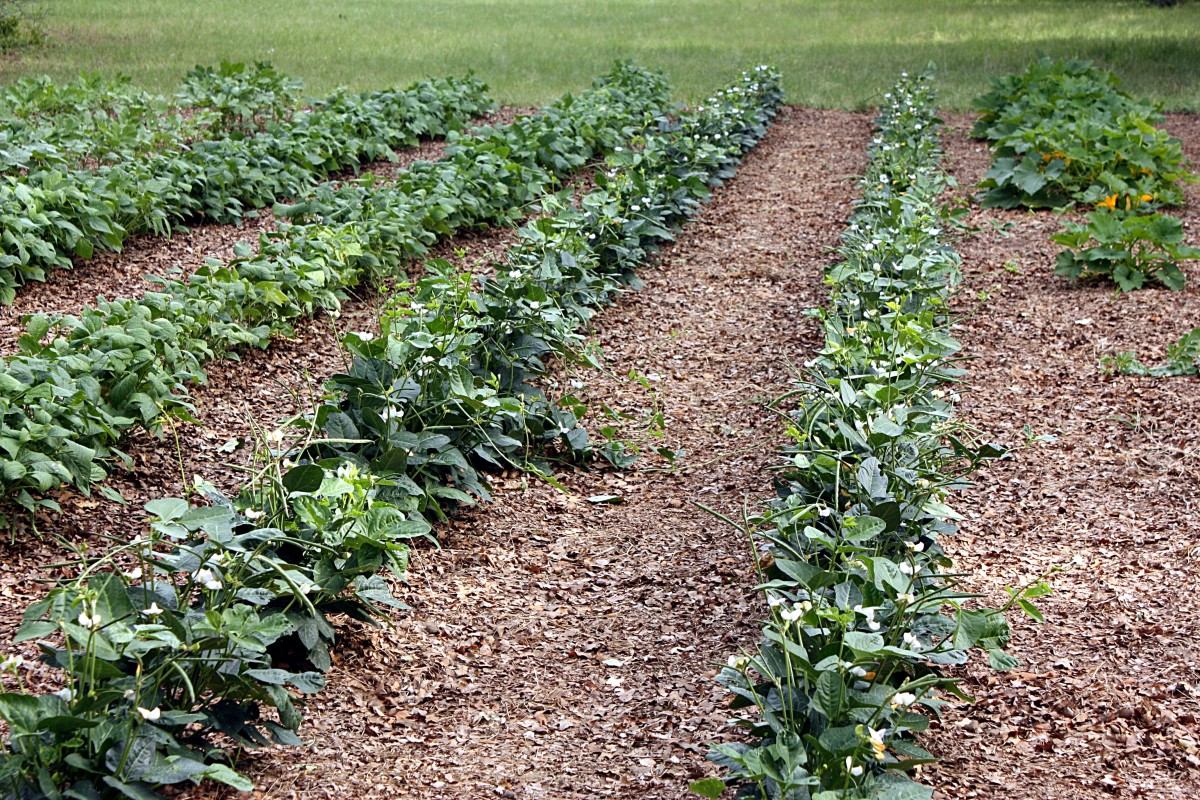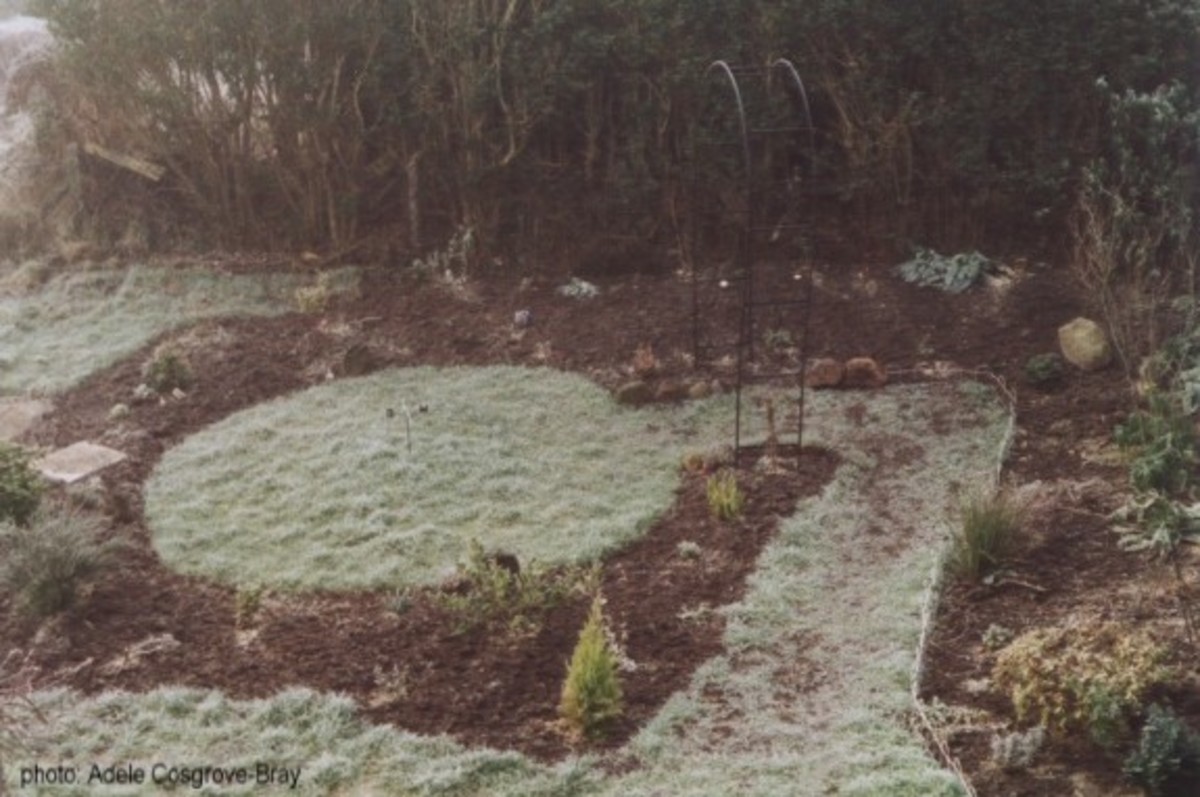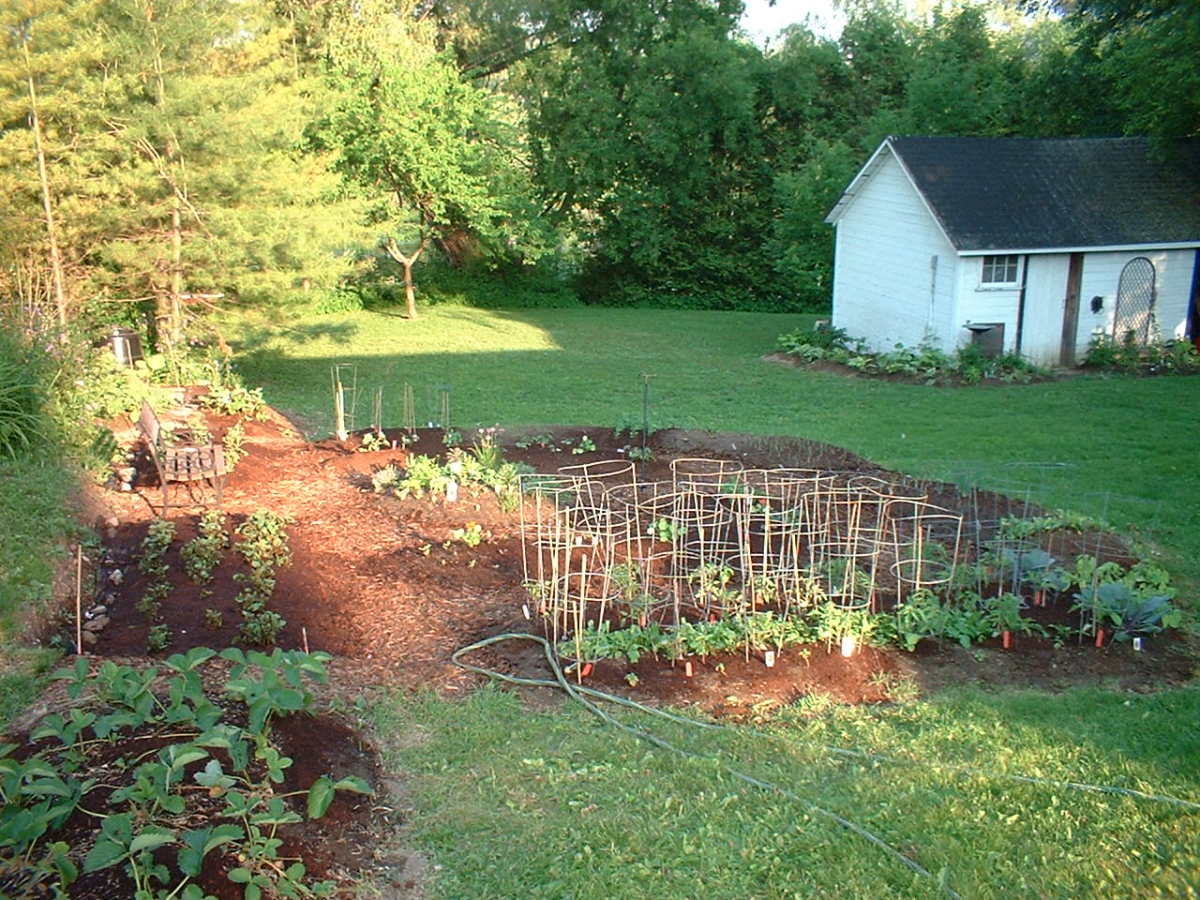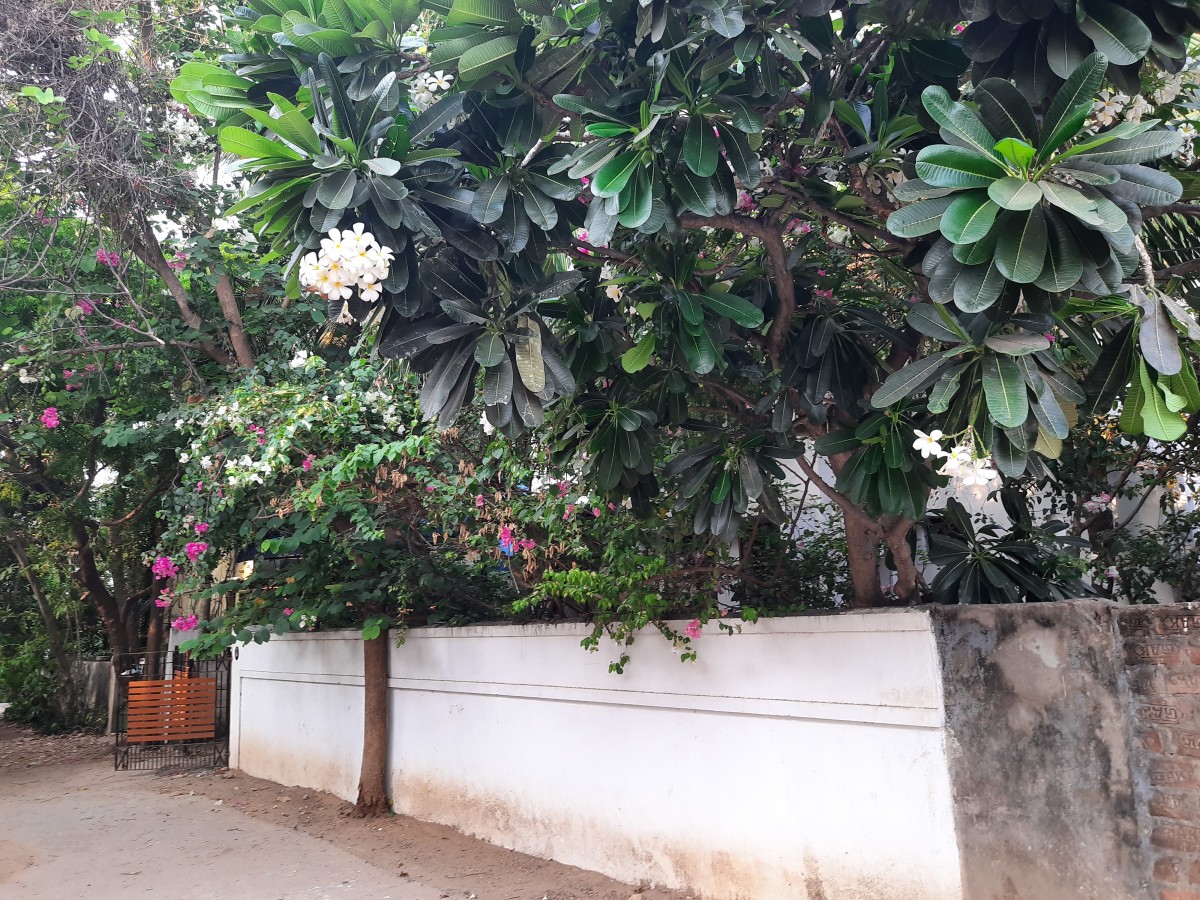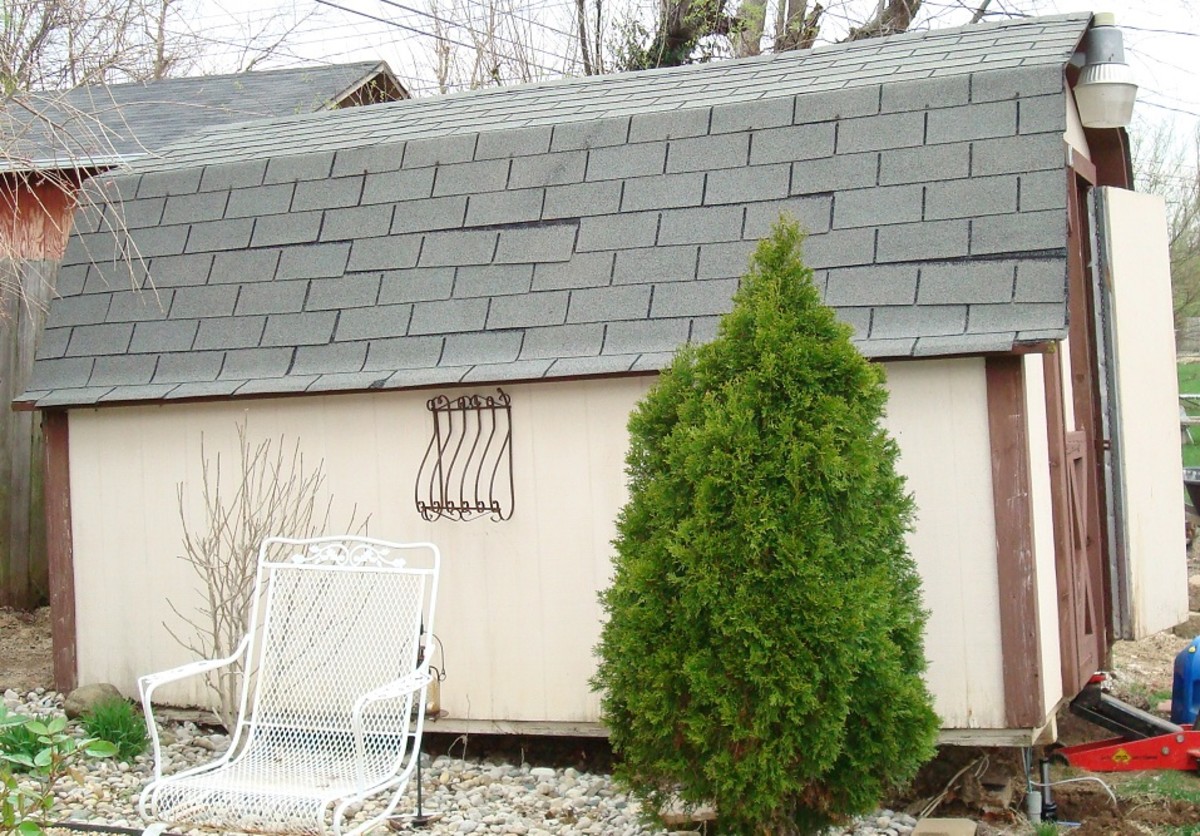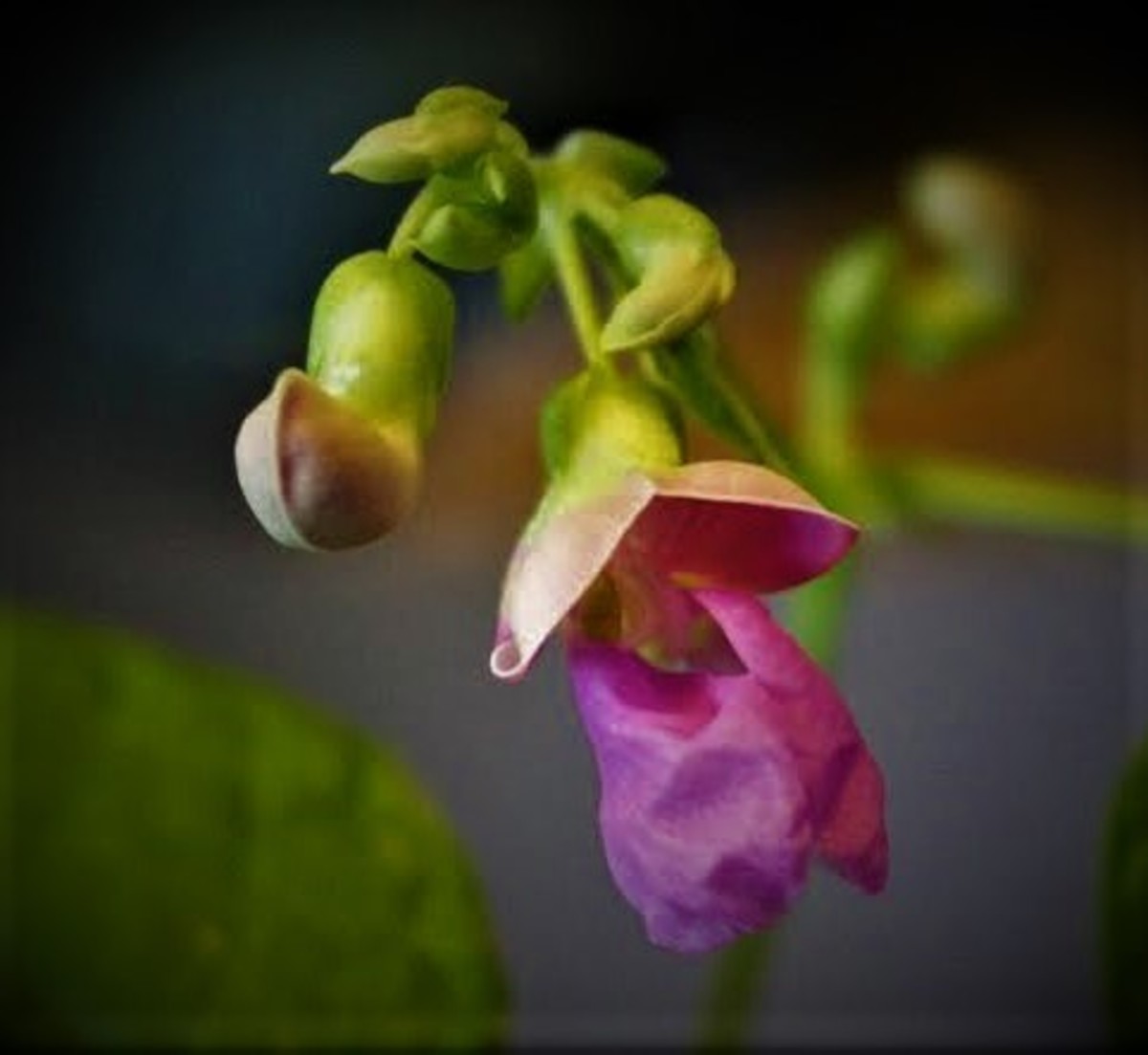How to Design the Mixed Planting Garden
mix it up
All plants have their place and purpose, that said there are a number (purple loosestrife, comes to mind) that I do not want in my garden, nor necessarily anywhere else. It may be true that we have not yet found a purpose for them but they cause significant problems, none the less.
Recently, I had, once again, a discussion with someone who sees no role or purpose for ornamental plants or shrubs in any landscape design, ether public or private.
I do not agree, of course it is possible to create a landscape design using only edible plants and my personal plans come close to this; however, there will be a few plants (gladiolus, for example) that serve primarily an ornamental purpose.
I like to have fresh cut flowers in the house so will grow them but they will not necessarily be in a separate bed but grown right alongside or mixed throughout the garden with the herbs and vegetables.
Diversity is vital to an ecosystem’s health and a garden can be viewed as an ecosystem; an ecosystem cared for and nurtured by people. Diversity in a garden not only helps keep the garden strong, it also provides plants for both food and pleasure. I create a feast for the eyes and the stomach when putting in a mixed planting garden.
The mixed planting garden:
If you are already growing vegetables then consider adding some herbs such as dill to the mix. Dill will attract butterflies and other beneficial insects to your garden and these garden companions will make your work easier.
Edible flowers such as violas, borage and nasturtiums add colour, shape and texture as well beauty. They can be mixed in with the flowers and herbs. This is the essence of the mixed planting garden to combine herbs, vegetables and flowers in one garden bed.
Perennial flowers make a good choice, especially native perennials for the mixed garden. A perennial will come back with little or no effort on your part for two or more years. Some perennials, such as daylilies, for example, may return for years.
Native perennials will attract native butterflies as well as bees and other pollinators. Your garden provides food for the beneficials and they will come and devour any potential insect pests.
The perennials can be planted in the borders or along side the vegetables. The mixed planting garden is a form of companion planting where plants are chosen that seem to complement one another when growing close to each other (basil and tomatoes for example).
Simply put, the mixed planting garden is an organic gardening method that relies on plants to provide the help a gardener needs to produce healthy and attractive plants.
- Grow Flowers With Your Vegetables: How to Optimize Your Rows
Tips on optimizing your plant rows by combining flowers with vegetables.
- Control Insects with Companion Plants
Organic gardeners know that biodiversity makes for a healthy and beautiful garden, and that certain plant combinations have the extraordinary capability for helping each other grow. While scientific study of...
- Compatible Planting
It took me years to realize, better said to recall all Gramps had told about garden companions. To me as a teenager it really didn't matter that the tomato and the potato didn't want to be neighbors. Neither...


